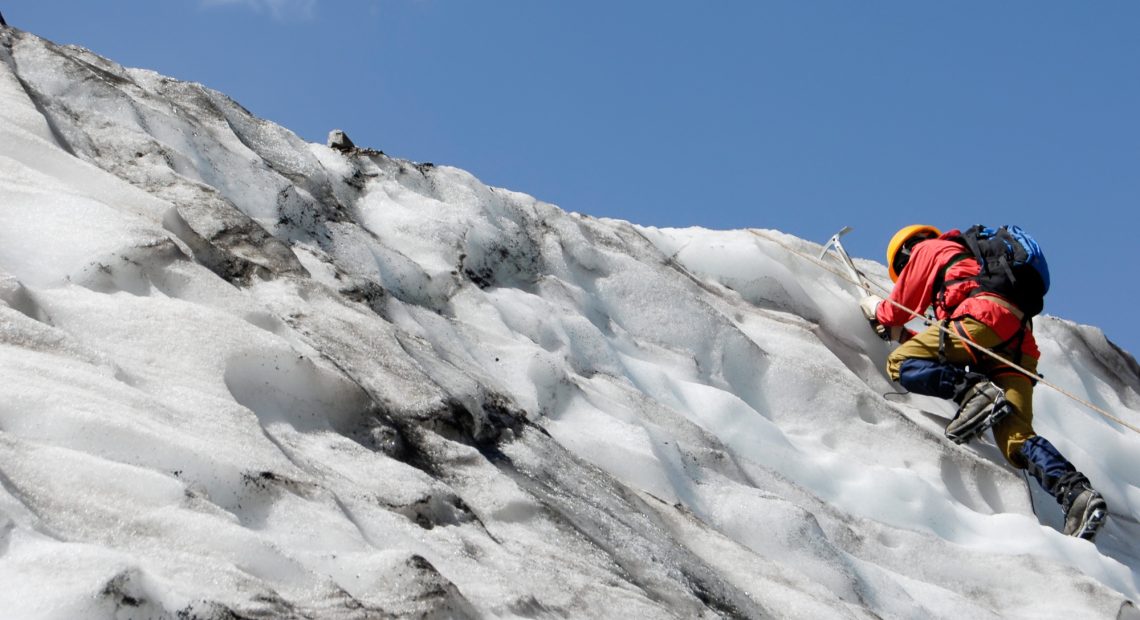
Indian, Filipino Climbers Die on Everest Near Hillary Step
Two climbers, one from India and another from the Philippines, lost their lives on Mount Everest during the ongoing spring climbing season. Subrata Ghosh, a 45-year-old Indian national, died after reaching the summit and descending below the Hillary Step. Meanwhile, Philipp II Santiago, also 45, from the Philippines, passed away at the South Col on his way to the summit late Wednesday.
Both climbers were part of different expeditions and succumbed to harsh conditions at extremely high altitudes. These are the first reported fatalities of the 2025 Everest climbing season.
Hillary Step: The Final Challenge Before the Summit
The Hillary Step, a nearly vertical rock face near the summit at approximately 8,790 meters, has historically been regarded as one of the most difficult portions of the Everest ascent. Though altered by the 2015 earthquake, it remains physically taxing due to limited oxygen, exposure to winds, and narrow passageways crowded with climbers.
Reports suggest that Ghosh collapsed just below this point. He had summited but was unable to descend further despite assistance from Sherpas. His refusal to turn back earlier, despite signs of fatigue, may have contributed to the fatal outcome.
Mountaineering Season Underway Amid Safety Risks
This spring, Nepal has issued 459 permits for Everest expeditions, and climbers from across the globe have arrived for the May summit window. However, the deaths of Ghosh and Santiago serve as stark reminders of the extreme risks associated with high-altitude climbing—ranging from hypoxia and frostbite to sudden weather shifts and physical exhaustion.
The South Col, where Santiago died, is another critical point in the ascent. At over 7,900 meters, it’s the final major camp before summit attempts begin. Conditions there are brutally cold and oxygen-deprived, making it one of the deadliest stretches of the climb.
Rescue Operations and Investigations Underway
Nepali authorities have confirmed that recovery efforts are ongoing. Retrieving bodies from such altitudes is an arduous task, requiring favorable weather and experienced high-altitude support teams. In Ghosh’s case, a post-mortem report is awaited to officially determine the cause of death.
Expedition organizers have reiterated the importance of timely decision-making, fitness, and respecting personal limits. While Everest continues to attract aspirants from around the world, the mountain remains unforgiving for those who underestimate its dangers.
The tragic deaths have once again reignited conversations about overcrowding, preparedness, and the human cost of summiting the world’s highest peak.
















